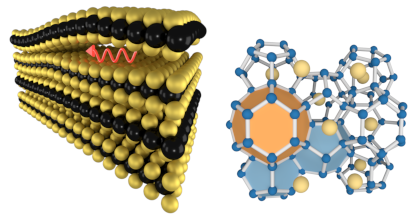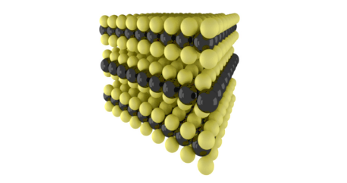Optical properties of point defects in insulators and of transition metal dichalcogenides
C. Linderälv
Doctoral Thesis
(2022)
url: https://research.chalmers.se/en/publication/528908
There is a need for new or modified materials, both to improve current devices and to create novel functionalities. Engineering materials to target specific functionalities requires a better understanding of how microscopic processes impact materials properties. In this thesis, the effects of defects, mixing of materials, and twisting of parts of the material are explored via first-principles calculations. In particular, the properties of defects in a range of technologically important insulators and of mixing and twisting of transition metal dichalcogenides (TMDs) are addressed, with an emphasis on optical properties.
In the part of the thesis that pertains to defects, the commonality of oxygen vacancies is considered. It is shown that oxygen vacancies exhibit properties that extend beyond specific insulating oxides and that there is a strong interplay between lattice geometry and oxygen vacancy character. The coupling between defect states and lattice vibrations is subsequently accounted for and used to identify the contribution of specific defects to relaxation mechanisms. It is shown that oxygen vacancies may be detrimental to the performance of the oxide phosphor YAG, playing a key role in a reaction mechanism that leads to luminescence quenching. The part of this thesis that is concerned with defects is concluded by an analysis of the optical signatures and phonon sidebands of defects in h-BN and SiC.
On the topic of TMDs, the properties of twisted bilayers are explored, in particular in connection to excitons. It is shown that for very small twist angles, excitons become localized. In addition, the twist-induced potential is dissected and it is shown that the purely electrostatic component of this potential decays with increasing twist angle. Finally, a high-throughput study on TMD alloys was performed for which mixing properties and band edge alignments are presented.



